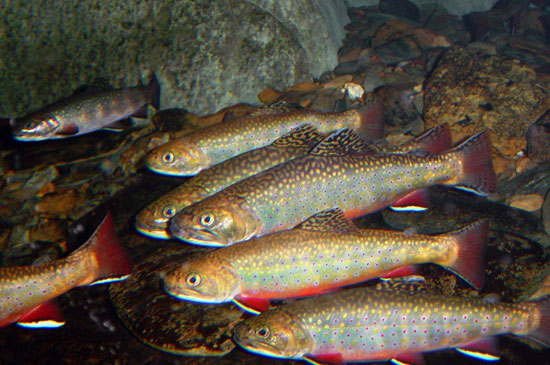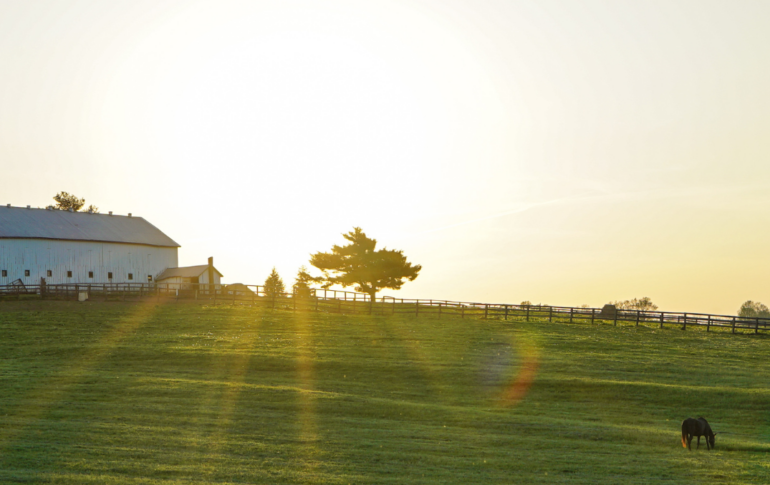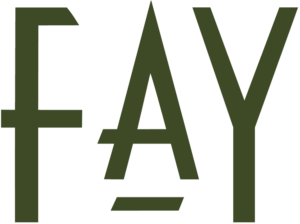Streambank Restoration on Private Land is Putting More Brookies in Your Favorite Fishing Hole
According to the Theodore Roosevelt Conservation Partnership, Ariel Wiegard reported that the CRP (Conservation Reserve Program) is celebrating its 30th Anniversary. The CRP was signed into law by President Reagan as part of the Farm Bill on December 23, 1985, to help agricultural producers to voluntarily conserve soil, water, and wildlife. The TRCP and their partners throughout 2016 are highlighting the successes of this popular bipartisan program—regarded by many as the greatest private lands conservation initiative in U.S. history.
Anglers in the Chesapeake Bay watershed are counting on the CRP’s initiative (CREP) Conservation Reserve Enhancement Program. This initiative targets high-priority conservation projects on a “local” level. Federal resources for CREP are often augmented by the state where the project takes place, meaning more funding is available for landowners to implement conservation.
“Save the Bay” is a goal shared by various Chesapeake Bay watershed states, and each has its own version of CREP due to degraded watershed over time by runoff from agriculture, industry, and cities. All throughout the watershed, landowners are voluntarily enrolling thousands of acres along waterways, large and small, to help make the Bay fishable and swimmable.
One of the most important things the CREP assists with for agricultural land is keeping cattle out of farm streams by paying farmers to build fences. When the cattle wade around and into the water, they consume plants that shade banks, which provide cover for critters and insects. Plus, cattle hooves quickly erode stream banks, allowing farm nutrients and sediment to flow into the water. The biology of the stream is further affected when the cows defecate in the water.
This can cause a devastating result for native fish like brook trout. In addition, the lack of shade banks can dramatically raise the temperature of the water, which, aside from causing fish stress, lowers oxygen levels. Where trout spawn, heavy sediment, and cow pies turn gravelly stream beds to muck, making it impossible for fish to lay their eggs. Brookies need consistently cold, clear water with a high level of dissolved oxygen to live, feed, and reproduce, but cow pasture streams tend to be hot, muddy, and suffocating.
The TRCP also reported that groups like Trout Unlimited have rallied around a special CREP effort in the headwaters of the Potomac River, which flows into Chesapeake Bay. The resources that TU can deliver to farmers through CREP are often greater than what other state or federal conservation programs can offer, which means the infrastructure these projects create, like fences and bridges, is often higher quality and has a long shelf life—often as long as a 10- to 15-year CREP contract. And because CREP offers a rental payment for each acre of land taken out of agricultural production, farmers can afford to commit more acres of streamside land to the program and place cow fences further back from the stream bank—at least 35 feet, but sometimes as much as 300 feet on both sides. Given this room to breathe, floodplains can replenish the natural ecosystem over time.
Aside from fencing for cattle, TU’s dedication to this program has helped farmers to plant mature trees and native grasses along waterways, stabilizing the banks and providing the shade that is critical to regulating water temperature. Cooler streams are more fishable. And Chesapeake Bay farmers want that as much as anglers do.
Many farmers have inherited land from family, and they remember their grandfathers teaching them to fish on a particular bank—they want to teach their grandchildren to do the same and maybe reclaim a little bit of their own childhood in the process. To date, tens of thousands of acres of stream buffers have been applied throughout the watershed, and brookies are returning. Privately-owned stream banks, no matter how well restored, may not be accessible for most anglers in the region. But every step in conservation is incremental, and the impacts multiply both upstream and downstream.
Restored headwaters, even if they are private, serve as spawning grounds and nurseries for the entire river system. Work done over the last twenty years has helped to restore large, healthy populations of native brook trout to the system, greatly reducing the need to stock the streams each spring. These native trout grow larger, live longer, and travel farther than their stocked cousins. They have been tracked swimming from their West Virginia headwaters to popular public fishing areas like Shenandoah National Park in Virginia and the Potomac River flowing straight.

Photo Courtesy of USFWS

Fay Ranches Named In Land Report’s
Best Brokerages for 15th Consecutive Year
Enduring Recognition Reflects Expertise, Trust, and a Commitment to Exceptional Land Brokerage Fay Ranches, a national leader in land real estate brokerage and advisory services, has once again been recognized by The Land Report as one of America’s Best Brokerages—marking its 15th consecutive year on the prestigious list. This enduring distinction underscores Fay Ranches’ consistent track […]

Fay Ranches Brokers Honored as Top Land Professionals in APEX Awards
Tucson, Arizona — Fay Ranches is proud to share that three of our trusted land advisors have been nationally recognized by the REALTORS® Land Institute (RLI) in the 2024 APEX Awards, presented in partnership with The Land Report. These honors highlight the caliber of professionals representing Fay Ranches and affirm our reputation for exceptional service […]



